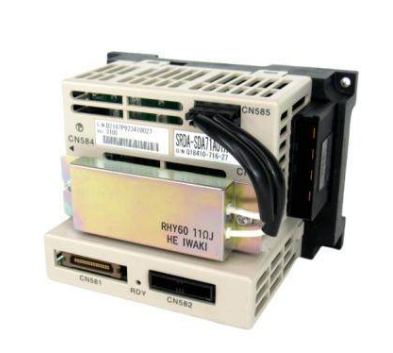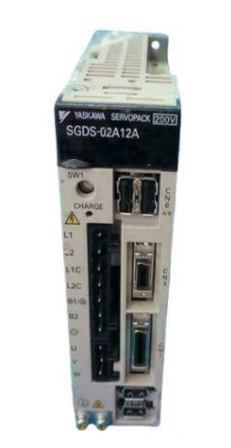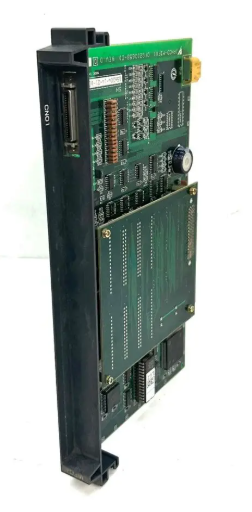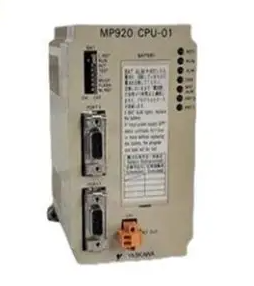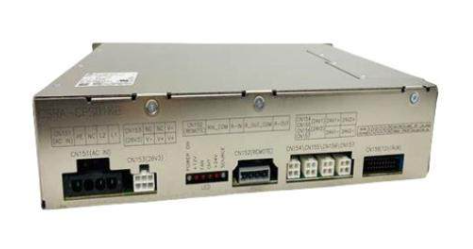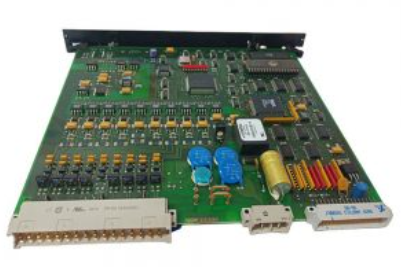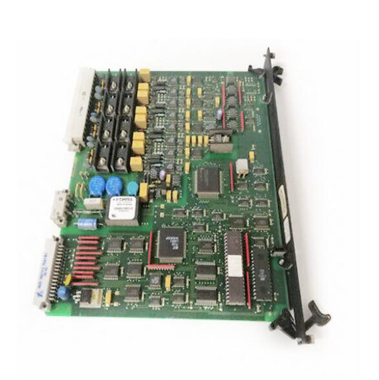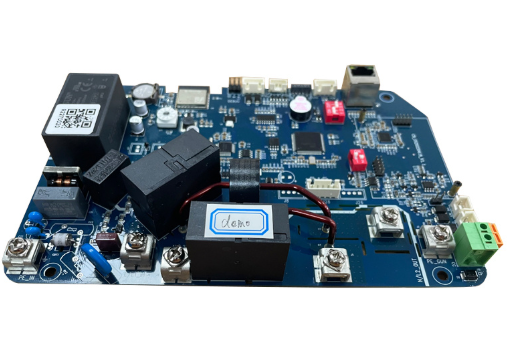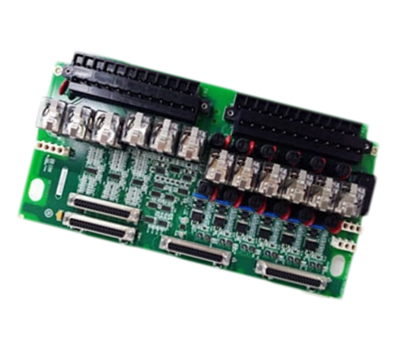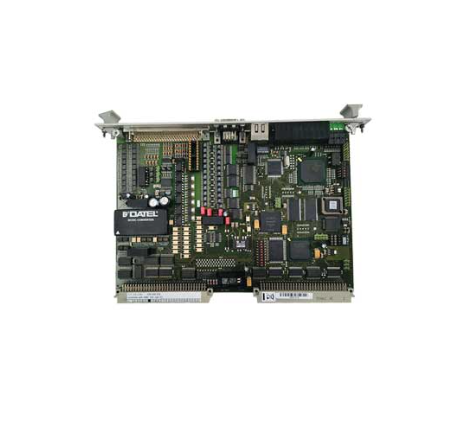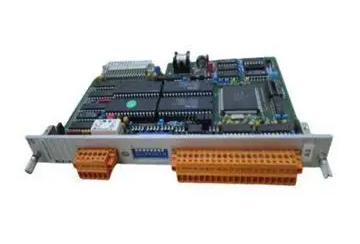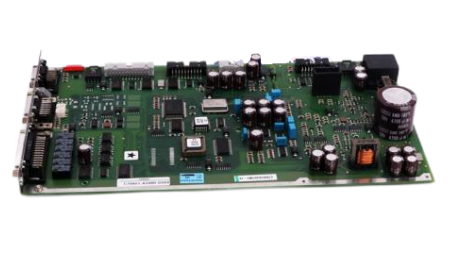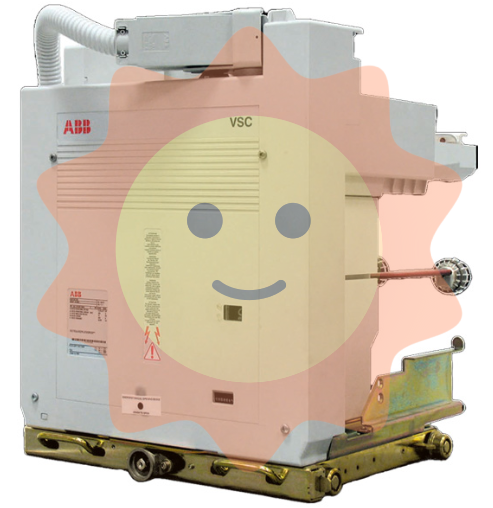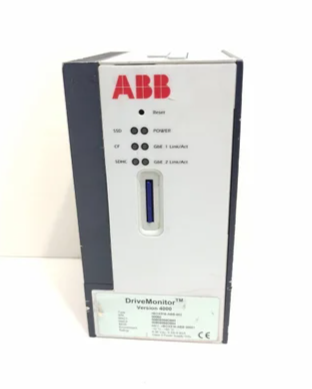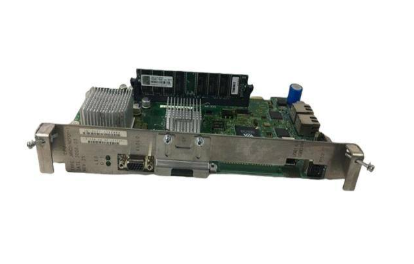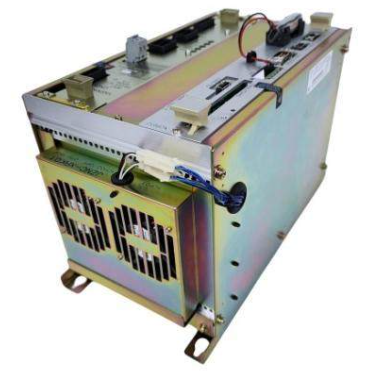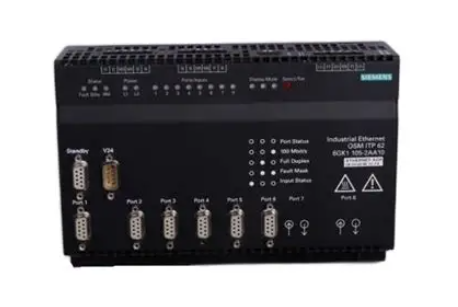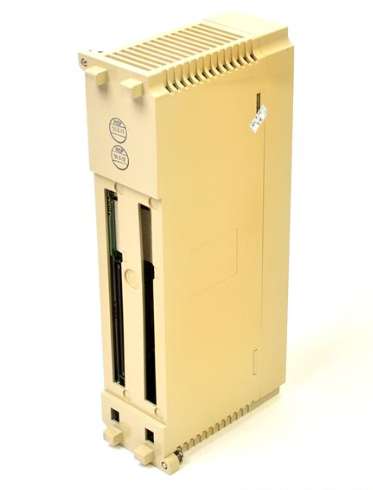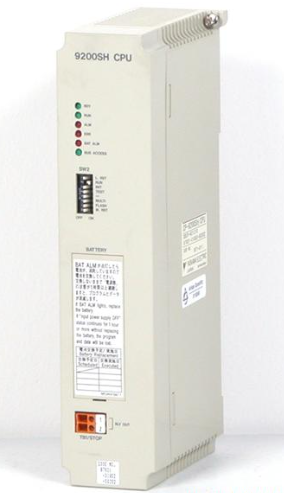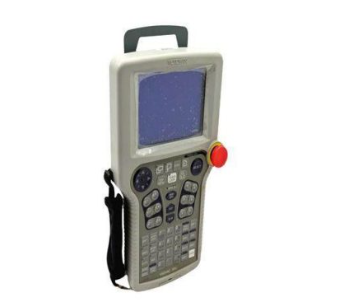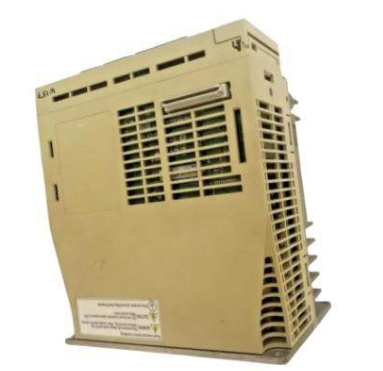AB 1747 - AENTR SLC 500 EtherNet/IP Adapter
AB 1747 - AENTR SLC 500 EtherNet/IP Adapter
Product Overview: The 1747 - AENTR adapter is used to connect CompactLogix and ControlLogix processors to SLC I/O modules, facilitating the migration of existing SLC control systems to Logix-based systems. It acts as a gateway, a CIP server on the Ethernet port and an SLC host on the 1746 backplane, supports a wide range of I/O modules, uses the CIP protocol for data transfer, and supports direct connections only.
Installation Guide: The Network Address switch is set to 999 by default and DHCP is enabled, the IP address can be set by the switch, DHCP server or non-volatile memory. Setting the switch to 888 restores the factory default settings, and specific settings enable or disable the web server. The adapter requires a 5V DC power supply, draws 470mA, and is powered by the SLC power backplane. To install, remove the I/O chassis power supply, install it in the left chassis slot (slot 0), and connect it to an Ethernet/IP network via an RJ-45 connector using specific wiring standards.
Configuration: The IP address, subnet mask, and optional gateway address should be configured prior to use, either through the Rockwell Automation BootP/DHCP utility, a third-party DHCP server, or a network address rotary switch. In the RSLogix 5000 or Logix Designer application, set up the hardware, create a sample application, add local EtherNet/IP bridges, adapters, and I/O modules to the I/O configuration, configure the parameters, and then download the application to the controller with customisable settings and online monitoring.
Operational Information: Most 1746 and 1747 discrete, analogue and special modules are compatible with this adapter, some modules such as 1746 - HSRV are not supported. The adapter uses a specific embedded switching toolkit that supports a specific number of connections and communicates on a polling basis. Module connections are available as Exclusive Owner, Input Only, Listen Only, and so on. The outputs can be configured for different operating states in fault and idle modes.
Troubleshooting and Maintenance: The module has a variety of status indicators, including the module status indicator, 4-character dot matrix display, Link 1 and Link 2 status indicators, etc. The different statuses of these indicators can be used to determine the operating conditions of the device and the cause of the failure. The adapter has detailed specifications, including Ethernet communication, general specifications, environmental specifications, etc., and has also obtained a number of certifications. Internal and network diagnostics are available via the adapter's web dialogue box, which includes pages for diagnostic overview, network settings, Ethernet statistics, and more. The RSLinx Ethernet communication driver needs to be configured for network communication with the adapter.
Functional characteristics
System connectivity and migration capabilities: The 1747 - AENTR adapter is designed to enable CompactLogix and ControlLogix processor control of SLC I/O modules, and serves as an important bridge for migrating existing SLC control systems to Logix-based systems. The adapter is a direct replacement for SLC controllers in the 1746 rack in legacy SLC control systems when upgrading to the Logix architecture, as well as a replacement for the 1747-ASB module or ControlNet adapters 1747-ACN15 and 1747-ACNR15 in remote SLC racks. It acts as a gateway between the SLC backplane and EtherNet/IP, enabling systems of different architectures to work together, protecting the user's investment in the legacy SLC system while enabling system upgrades and expansion.
Communication Protocols and Data Transfer Functions: The adapter uses the Common Industrial Protocol (CIP), the application layer protocol for EtherNet/IP. the CIP protocol is based on messaging and uses relative paths to send messages from the production device to the consumer device, which has many advantages. It simplifies the maintenance and module replacement process by eliminating the need to configure a routing table in the bridge module, and gives the user full control over the routing of each message, making it easy to select alternative paths for the same end device.
The CIP producer-consumer model replaces the traditional source and destination (master-slave) model for data transfer. In a traditional I/O system, the controller polls the input modules for status, whereas in a CIP system, the input modules actively send data, either periodically or at a cyclic rate (multicast or unicast), and the controller receives the data as a consumer of the data. This model effectively reduces network traffic and increases transmission speeds. The adapter only supports a direct connection, which is a real-time data transfer between the Logix controller and the 1746/1747 I/O modules via the 1747 - AENTR adapter. The direct I/O connection specifies the cyclic rate through the Request Packet Interval (RPI) during configuration, ensuring timely and stable data transfer.
Hardware and software compatibility: On the hardware side, the 1747-AENTR adapter is compatible with a wide range of devices. It connects to the analogue, digital and special I/O modules of the 1746 and 1747 series, supporting a wide range of module types. In terms of analogue inputs and outputs, it can work with modules such as 1746-NI4 and 1746-NO4I for accurate acquisition and control of analogue signals. In terms of digital modules, it can be connected to a wide range of digital inputs and outputs, such as 1746-IA8 and 1746-OB8, to meet different digital control needs.
In terms of software, it is compatible with specific versions of firmware, controller software and related programming software. The 1747 - AENTR requires firmware version 1.001 or higher, Logix controller version v20 or higher, RSLogix 5000 or Logix Designer software version v20 or higher, and RSLinx software version v2.59 or higher. Working together, these software packages provide a complete control and programming environment for configuring, programming, and monitoring the adapter and associated devices.
Diagnostic and Status Indicators: The 1747-AENTR adapter is equipped with a variety of diagnostic indicators that provide real-time feedback on the operating status of the device. The Module Status Indicator shows the basic status of the device, such as whether it is powered on or not, and whether it is running normally. The 4-character dot-matrix display, used in conjunction with the Module Status Indicator, not only shows the IP address of the module, but also reports on normal operation and error conditions.
When the system starts up, the display will show the relevant startup information; if there is a fault, it will show the specific error code or prompt message to help users quickly locate the problem.Link 1 and Link 2 status indicators are used to indicate the port speed and activity of Ethernet ports 1 and 2, through the different colours and flashing status of the indicators, users can intuitively understand the status of the network connection, such as whether the connection is established, the connection speed is 10.0%, and the connection speed is 10.0%. Through the different colours and blinking status of the indicators, users can intuitively know the status of the network connection, such as whether the connection is established, whether the connection speed is 10Mbps or 100Mbps, etc.

- EMERSON
- Honeywell
- CTI
- Rolls-Royce
- General Electric
- Woodward
- Yaskawa
- xYCOM
- Motorola
- Siemens
- Rockwell
- ABB
- B&R
- HIMA
- Construction site
- electricity
- Automobile market
- PLC
- DCS
- Motor drivers
- VSD
- Implications
- cement
- CO2
- CEM
- methane
- Artificial intelligence
- Titanic
- Solar energy
- Hydrogen fuel cell
- Hydrogen and fuel cells
- Hydrogen and oxygen fuel cells
- tyre
- Chemical fiber
- dynamo
- corpuscle
- Pulp and paper
- printing
- fossil
- FANUC
- Food and beverage
- Life science
- Sewage treatment
- Personal care
- electricity
- boats
- infrastructure
- Automobile industry
- metallurgy
- Nuclear power generation
- Geothermal power generation
- Water and wastewater
- Infrastructure construction
- Mine hazard
- steel
- papermaking
- Natural gas industry
- Infrastructure construction
- Power and energy
- Rubber and plastic
- Renewable energy
- pharmacy
- mining
- Plastic industry
- Schneider
- Kongsberg
- NI
- Wind energy
- International petroleum
- International new energy network
- gas
- WATLOW
- ProSoft
- SEW
- wind
- ADVANCED
- Reliance
- YOKOGAWA
- TRICONEX
- FOXBORO
- METSO
- MAN
- Advantest
- ADVANCED
- ALSTOM
- Control Wave
- AB
- AMAT
- STUDER
- KONGSBERG
- MOTOROLA
- DANAHER MOTION
- Bently
- Galil
- EATON
- MOLEX
- Triconex
- DEIF
- B&W
- ZYGO
- Aerotech
- DANFOSS
- KOLLMORGEN
- Beijer
- Endress+Hauser
- MOOG
- KB
- Moxa
- Rexroth
- YAMAHA
- Johnson
- Westinghouse
- WAGO
- TOSHIBA
- TEKTRONIX
- BENDER
- BMCM
- SMC


Email:wang@kongjiangauto.com


